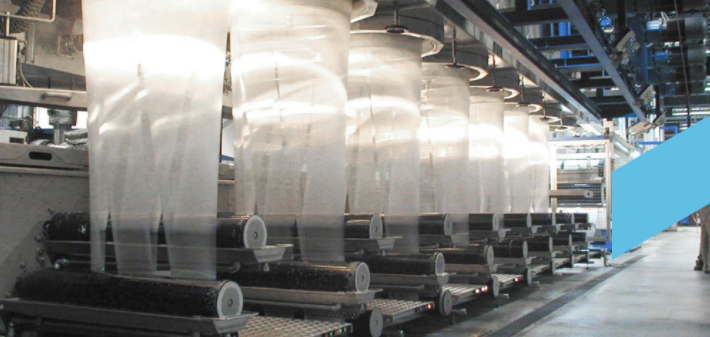Blended Yarn
In the textile industry, fibres are frequently blended
to provide variety and additional benefits, and the
fusion is used for several purposes. Combining two
distinct fibres of varying colour or length produces a
variety of yarns. By blending a premium and an average
fibre, a seamless quality can be achieved.
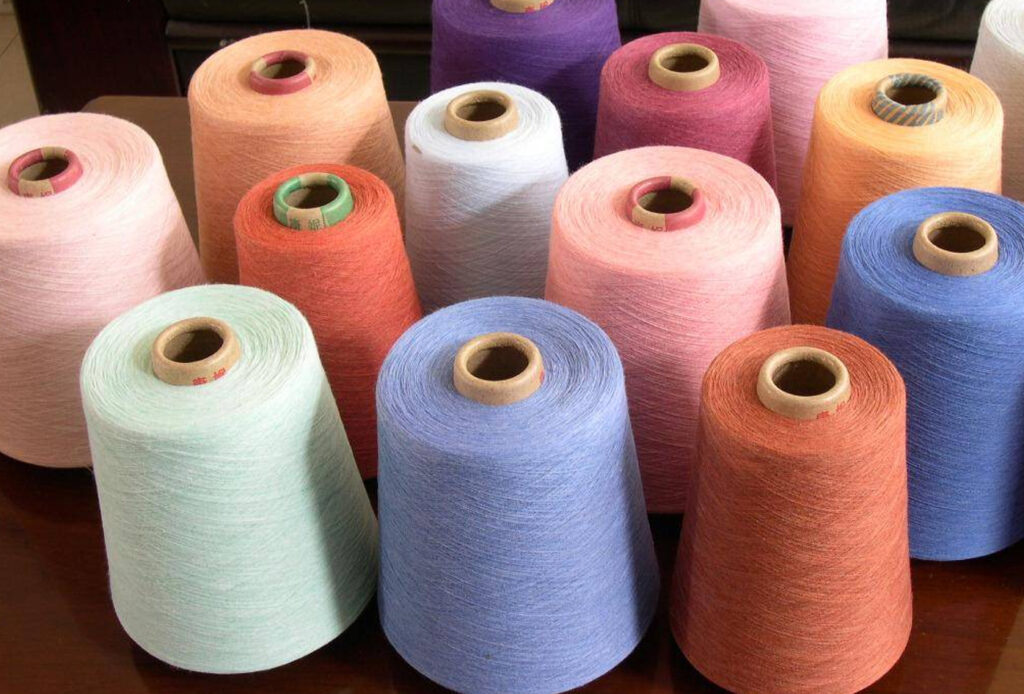

Yarn Products

Detailed Information
It is the most popular and long-lasting blend in the
textile industry. When polyester’s strength and
shine meet the softness and breathability of cotton,
magic happens. Cotton-polyester blends are used to make
a wide range of clothing. Cotton is usually used in
greater amounts than polyester to preserve the fabric
blend’s comfort, skin-friendliness, and
breathability. Cotton accounts for approximately 65 per
cent of the blend, while polyester accounts for
approximately 35 per cent. 67 per cent -33 per cent, 50
per cent -50 per cent, and 70 per cent -30 per cent are
other typical cotton-polyester blends. Shirts,
sportswear, blouses, and basic outfits are the most
common sorts of cotton-polyester-blend clothes.
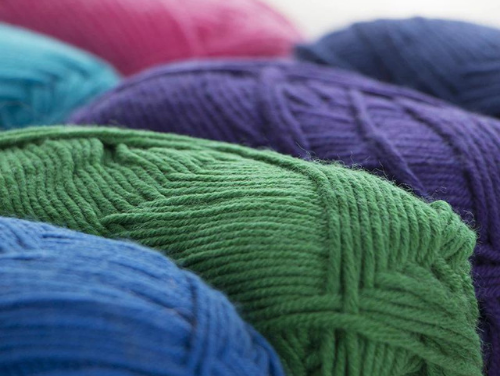
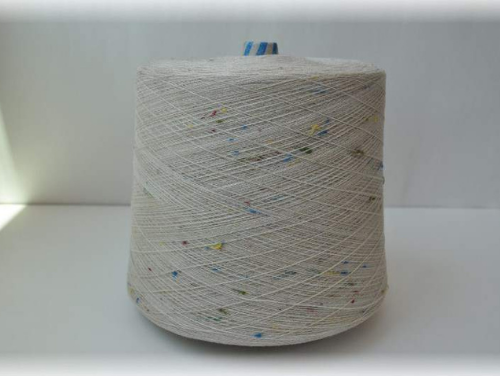
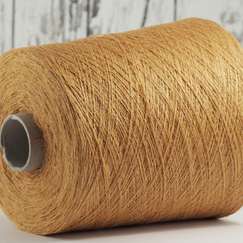
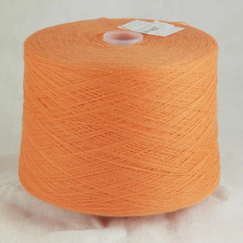
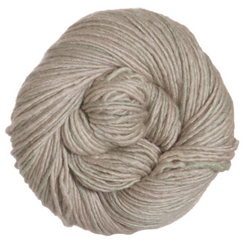

Key Attributes
Yarn Products
- Cotton is a soft fabric that is simple to wrinkle and shrinks well.
- Polyester is stiff and does not easily shrink. It's wrinkle-resistant and simple to clean.
- Linen is a robust, tensile-strengthening fibre. It's silky and brilliant except for that.
- Rayon is a lightweight fabric that feels great against the skin. Furthermore, it combines well with other fibres.
- Wool is extremely absorbent, supple, and resilient. It's also a more comfortable alternative than many others.
- Silk is finer, softer, and smoother than other fabrics.
- Nylon is a strong and flexible material. It's also lightweight and quite durable.
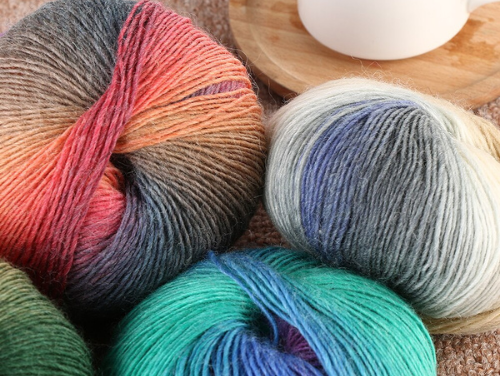
Related Products
How can we help your business?
Quickly maximize timely deliverables for real-time
schemas. Dramatically maintain clicks-and-mortar
solutions without functional solutions.

